
October is going to be insane schedule wise. There's bee stuff to tend to, migration to watch, park service shifts, waterfowl surveys, deadlines, speaking engagements, family visits--aarg! I was coming to this realization yesterday and last night over dinner, made a deal with Non Birding Bill: I'll do laundry on Friday if he will go out Saturday while I'm working at the park service and harvest the rest of the honey and feed the bees. Deal accepted. Sometimes after a conversation like that, we stop and ask, "Is this what you imagined married life to be like?"
Some of our hives are a little behind on their honey production for winter survival and we need to help them have enough for winter. It's not unusual for beekeepers to add a nectar pail this time of year to give them a little extra. It's weird, hives that filled a honey super have a few empty frames in their brood boxes. Ah well, I no longer question what the bees do, I offer help and if they want it, they can take it. If they don't want it, I do not take it personally...anymore.
I harvested some honey on Wednesday and set up a few other hives for harvest before I left. Mr. Neil bought this really cool trap door system for the hives. You put it on the bottom of a box you want the bees to vacate--they can crawl out but cannot crawl back in--it's slick and is the best for harvesting honey.
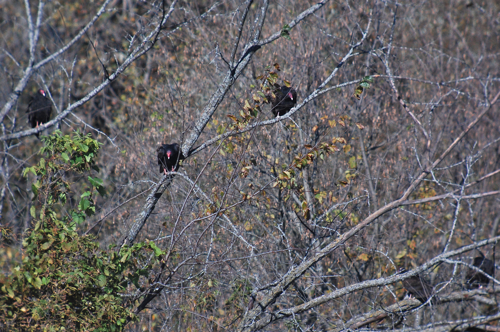
I headed out to the hives around 10am and found some vultures roosting in a nearby tree. I'm sure they roosted there the night before--a rest in the middle of their migration south. Birds that rely on thermals (warm currents of air that spiral upwards) for migration don't need to fly early in the morning. It takes a few hours for the sun to warm up the ground to create the thermals the vultures will want to glide on. These birds were loafing until the thermals were just right.
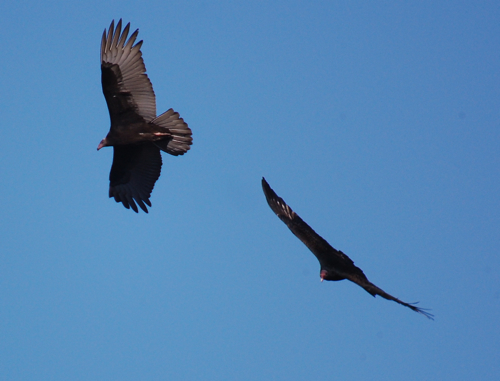
Some turkey vultures were already testing out the sky, trying to find a thermal to glide on. If you look closely at these two birds, you can see a hatch year and an adult. The vulture on the left has a dark beak and the one on the right has a white beak. The bird with the darker beak is the younger bird.
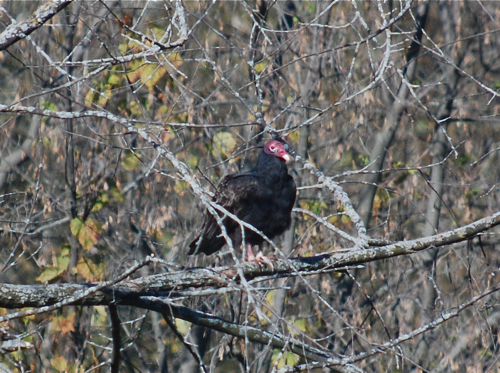
When the vultures noticed me in my beesuit, I got their attention--the white suit kind of sticks out. The spotting scope makes me very suspicious to vultures. Turkey vultures around here to do not trust a spotting scope and even though I was a good distance away, the scope did not set well with them and the rest of the flock decided to join the others already in the air.
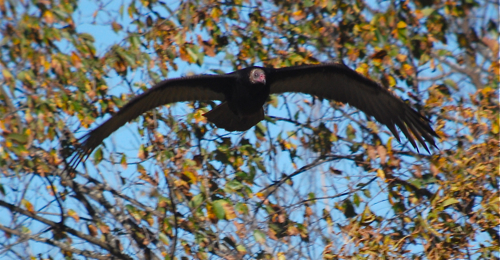
But it gave me a chance to test out digicoping birds in flight. Above is another young turkey vulture with a dark bill, even the head is still a little dark and not completely red.
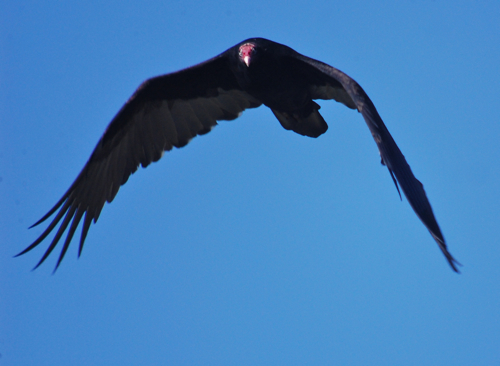
Here is an adult turkey vulture. I wondered how far south these birds would go? Florida? Would they go to Panama and visit my friends at Canopy Tower?
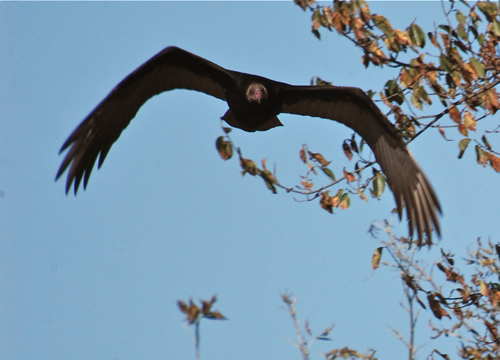
Incoming vulture! Speaking of Canopy Tower, my buddy Carlos posted a video of raptor migration seen from the tower that includes quite a few vultures, hawks and kites. Check it out. I need to get there for fall migration next year...and not overbook myself for fall.
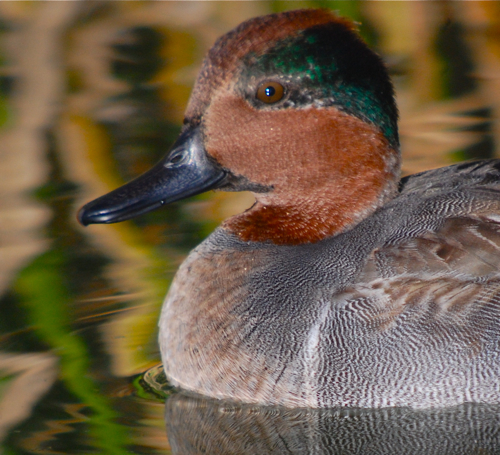
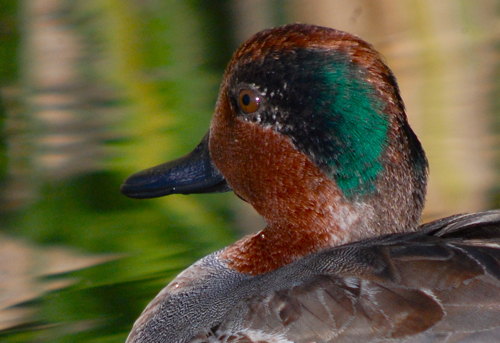
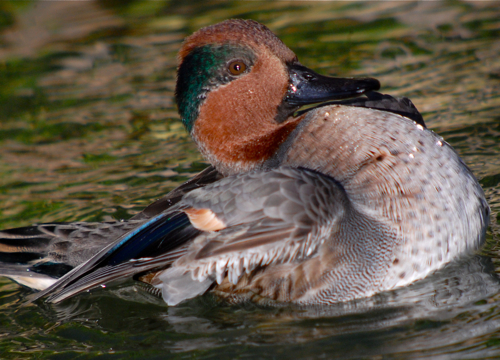
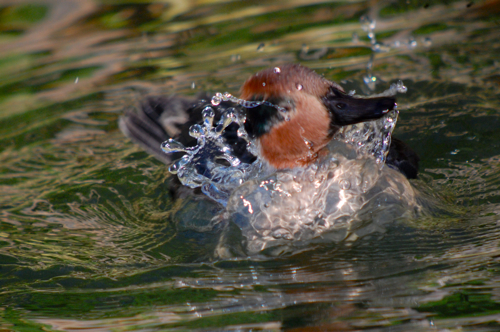
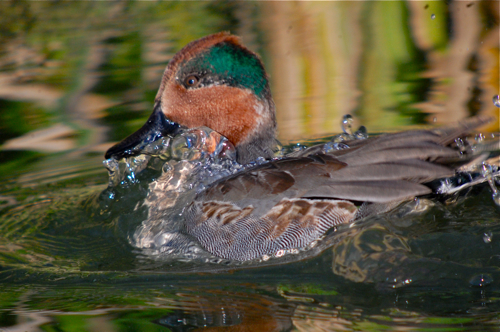
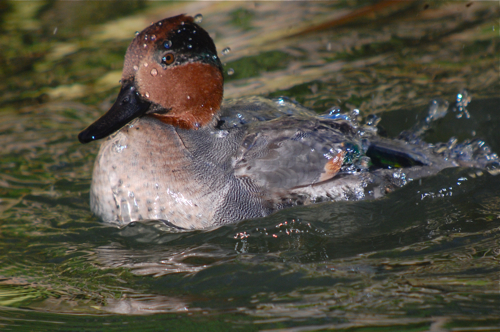
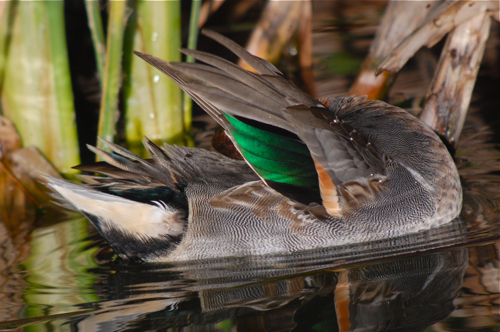
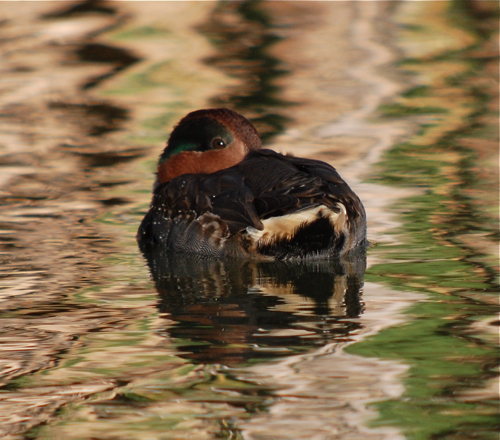
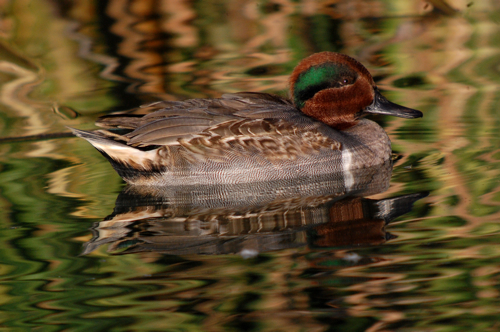

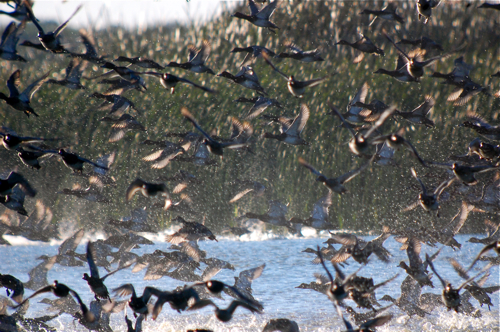











 I found this nuthatch meticulously searching beneath each shingle for insects to eat. Woodpeckers aren't the only birds looking for insects off the sides of houses.
I found this nuthatch meticulously searching beneath each shingle for insects to eat. Woodpeckers aren't the only birds looking for insects off the sides of houses.


 While exploring the trails at Hawk Ridge with my mom and sisters, we noticed a sharp-shinned hawk catching a thermal (a warm current of air that raptors glide on). This hawk appeared to be carrying something in its talons.
While exploring the trails at Hawk Ridge with my mom and sisters, we noticed a sharp-shinned hawk catching a thermal (a warm current of air that raptors glide on). This hawk appeared to be carrying something in its talons.

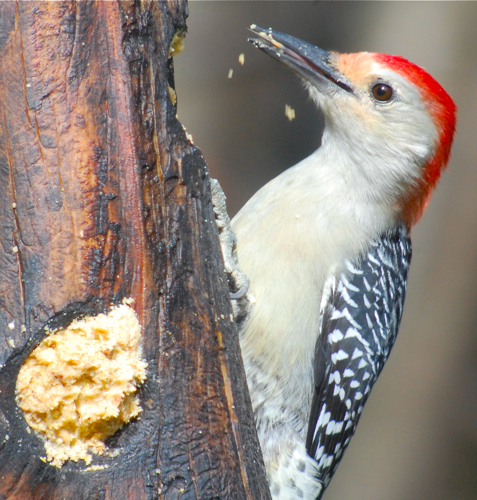 This red-belly is a messy eater--check it out, you can even make out the hard tip of its pointy tongue!
This red-belly is a messy eater--check it out, you can even make out the hard tip of its pointy tongue! For the last week, a butt load of butter butts (aka
For the last week, a butt load of butter butts (aka 
 The yellow-rumps were covering trees, stucco walls and windows for bugs to build up their fat stores for migration.
The yellow-rumps were covering trees, stucco walls and windows for bugs to build up their fat stores for migration.








